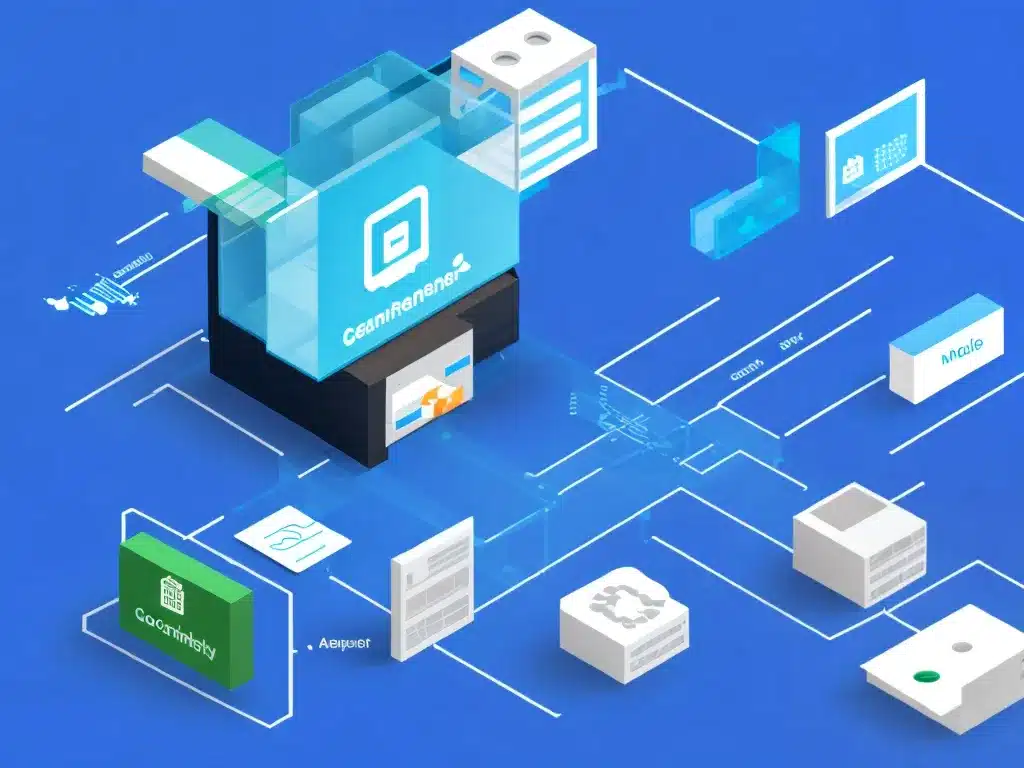
Container Security for Microservices in 2024
In 2024, container security will be a critical concern for organizations using microservices architectures. As a developer in 2024, I need to ensure my microservices are secure as they are deployed across distributed container environments. Here are some of the key aspects of container security I should focus on:
Securing the Container Hosts
The physical and virtual machines running my containers must be hardened to prevent unauthorized access. As a developer, here is what I should do:
- Use a minimal host OS like Red Hat CoreOS that is optimized for running containers
- Enable host firewalls and disable unnecessary services/ports
- Restrict and monitor access to host machines, e.g. with RBAC
- Keep hosts patched and up-to-date
- Use runtime sandboxing to isolate containers from the host and other containers
Using Trusted Container Images
I need to only use container images from trusted sources like official image registries. As a developer:
- I should scan images for vulnerabilities before using them
- Build my own images from trusted base images to minimize attack surface
- Digitally sign my images and verify signatures before deploying
- Use a read-only root filesystem in containers to prevent malicious changes
Securing the Container Registry
My container registry stores and distributes images to hosts. I must secure the registry by:
- Enabling RBAC and access control to the registry
- Scanning pushed images for vulnerabilities
- Using TLS for encryption when pushing/pulling images
- Deploying firewalls/WAF to restrict traffic to registry
Securing Container Networking
I should limit network access between containers and segment environments:
- Put development, test, production containers in separate networks
- Limit communication between microservices based on zero trust model
- Don’t expose ports/services unless absolutely needed
- Use mutual TLS for service-to-service authentication
Runtime Container Security
During runtime, I should monitor and limit container activity:
- Profile expected container behavior and alert on anomalies
- Restrict container syscalls using seccomp, AppArmor, SELinux
- Continuously scan running containers for vulnerabilities
- Rotate encryption keys and secrets mounted in containers
- Use runtime sandboxing like gVisor to reduce container breakouts
Orchestrating Security Across Environments
For Kubernetes environments:
- Harden cluster infrastructure – nodes, network, ingress controllers
- Enable RBAC and network policies between pods
- Continuously scan Kubernetes for misconfigurations
- Use tools like Falco to monitor runtime activity and enforce policies
Prioritizing Security in the CI/CD Pipeline
I need to embed security across the container lifecycle:
- Static scan images for vulnerabilities during build process
- Run containers with least privileges required for operation
- Destroy containers after completion of tasks
- Rotate secrets and credentials mounted in containers
- Promote images to higher environments only after scanning and approval
By following strong container security practices like these, I can reduce the attack surface and protect my microservices as they run across distributed cloud native environments. The key is defense in depth across the container technology stack.












